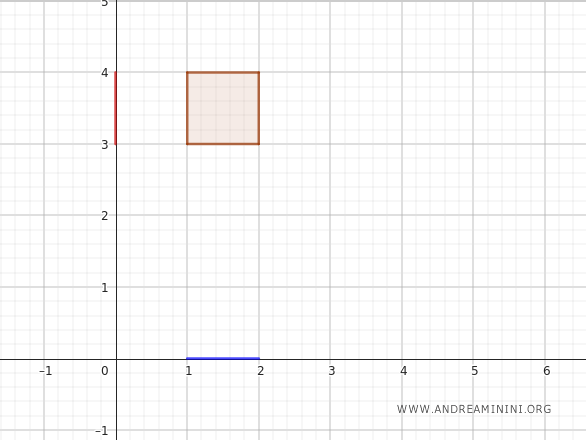Subspace Theorem for Product Spaces
If we have two subsets \(A\) and \(B\) of topological spaces \(X\) and \(Y\) respectively, $$ A \subset X $$ $$ B \subset Y $$ the topology on the product \(A \times B\), when considered as a subspace of \(X \times Y\), is the same as the product topology on \(A \times B\) constructed using the topologies on \(A\) and \(B\) inherited from \(X\) and \(Y\). $$ \quad \tau_{A \times B}^{\text{sub}} = \tau_A^{\text{sub}} \times \tau_B^{\text{sub}} $$
Here, \(\tau_{A \times B}^{\text{sub}}\) refers to the subspace topology on \(A \times B\) induced by \(X \times Y\),
while \(\tau_A^{\text{sub}}\) and \(\tau_B^{\text{sub}}\) are the subspace topologies on \(A\) and \(B\) inherited from \(X\) and \(Y\) respectively.
In essence, this theorem states that these two methods of defining the topology on \(A \times B\) yield the same result.
The topology on \(A \times B\) obtained as a subspace of \(X \times Y\) is identical to the topology you would get by directly constructing the product topology on \(A \times B\) using the inherited topologies of \(A\) and \(B\).
Thus, regardless of which approach you take, you will end up with the same topological structure on \(A \times B\).
A Practical Example
Let’s illustrate this theorem with an example.
Consider two topological spaces \(X\) and \(Y\). For instance, think of the Cartesian plane, where \(X\) is the \(x\)-axis and \(Y\) is the \(y\)-axis.
Now, let’s look at two subsets of these spaces: \(A\) as a subset of \(X\), and \(B\) as a subset of \(Y\).
For example, \(A\) might be an interval on the \(x\)-axis, say \([1, 2]\), and \(B\) could be an interval on the \(y\)-axis, say \([3, 4]\).
The Cartesian product of these two subsets, \(A \times B\), consists of all pairs \((x, y)\) where \(x\) is taken from \(A\) and \(y\) is taken from \(B\).
In this case, the Cartesian product forms a rectangle in the plane, with \(x\) ranging from 1 to 2 and \(y\) ranging from 3 to 4.

Now, let’s consider two different topologies on \(A \times B\):
- Subspace Topology
Here, we consider \(A \times B\) as a subspace of the product \(X \times Y\), where \(X \times Y\) represents the entire plane. This means we inherit the topology of \(X \times Y\) and then restrict it to the subset \(A \times B\). - Product Topology
Alternatively, we can directly construct a topology on \(A \times B\) using the topologies of \(A\) and \(B\). In this approach, we treat \(A\) as a topological space with the topology inherited from \(X\), and \(B\) as a topological space with the topology inherited from \(Y\), then form the product topology on \(A \times B\).
These two topologies, the subspace topology and the product topology, are actually the same.
So, no matter which method you choose, you will arrive at the same topological structure on \(A \times B\).
And so on...
